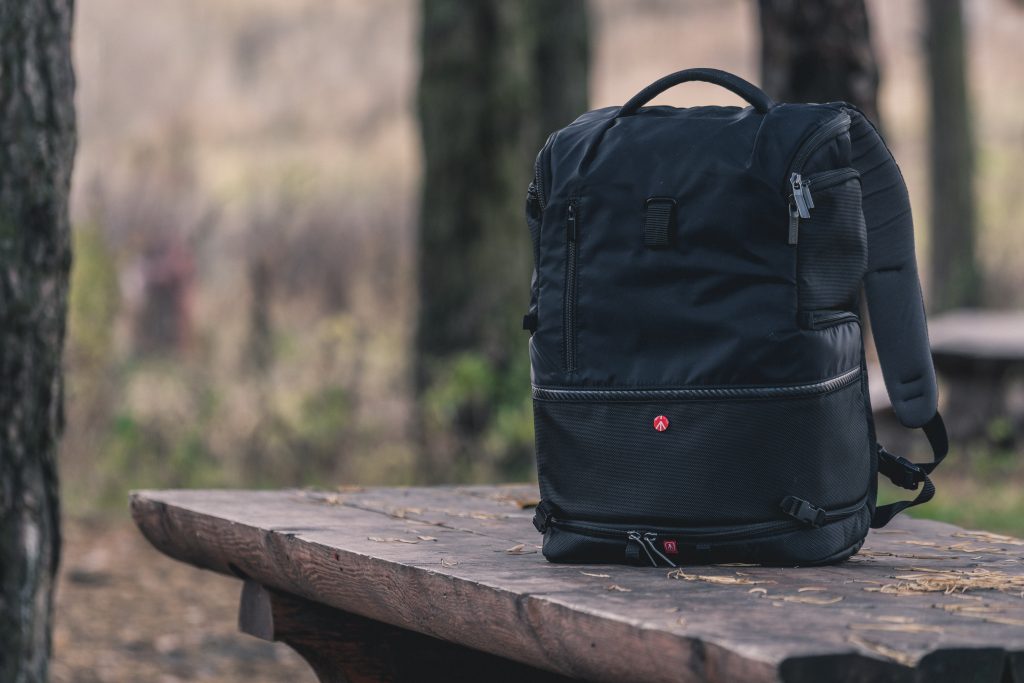The do-it-yourself fridge is just a travel bag made of thick fabric. Inside it is insulation and “cold accumulators”. The product is conveniently transported in a car when you are traveling on a business trip, on a bus, when you need to refresh yourself during an excursion, and even on the trunk of your favorite mountain bike to arrange a snack with a striking view of the mountain peaks.
Among its obvious advantages are these:
- compactness. A refrigerator bag will not take up much space and will not be a burden – it is easy to carry even in your hands (which is not the case with an ordinary refrigerator);
- it does not need electricity. It works completely due to insulation;
- variability of design and volume. You can choose a travel bag yourself, depending on the volume of transported products and the convenience of carrying;
- mobility. With the help of a travel refrigerator, you can take it out with you and have a picnic in nature, without losing the benefits of civilization in the form of cold juice, beer, and cool crispy veggies.
And, most importantly, learning how to make a travel refrigerator at home you can save a considerable amount of money. Moreover, it is very simple to make.
Set of tools

- Travel bag made of thick material – faux leather, cotton or polyester.
- Insulation: foamed polyethylene is perfect, covered on one side with a layer of foil. The ideal thickness of the insulation is 5 mm.
- Wide adhesive tape to fix the insulation;
- A set of plastic bottles from which we will make a “cold accumulator”;
- Old newspapers;
- The freezer of your home refrigerator (you do not need to buy it, just go to the kitchen);
- Zippers or Velcros. Buttons should be avoided – they are not very tight.
When choosing a bag for a DIY refrigerator, pay attention to its handles. Remember that the handle is the most vulnerable part of the bag. It is the first one to lose its appearance, the first one to break, and is often the root cause for having to say goodbye to a bag. It’s better to ignore bags with rag, wicker and thin handles.
The most comfortable bags are the ones that can be carried on the shoulder. To do this, the manufacturer equips them with a wide and soft shoulder lining. Fans of carrying luggage in their hands or on wheels should pay attention to the bag with a retractable (telescopic) handle – it can be fixed in several positions.
How to make a “cold accumulator” for a thermos bag
It can maintain a low temperature in a travel refrigerator for 8-24 hours. To make such a thing, you will need:
- one or more plastic bottles;
- salt;
- water.
Salt is poured into the bottle to form a 2 cm layer at the bottom, and the container is filled with 9/10 water (6 tablespoons per 1 liter of water). If this parameter is exceeded, frozen liquid may break the bottle. The lid should be closed as tightly as possible and the container is shaken until the salt is completely dissolved. Put the bottle in the freezer and get the brand new “cold accumulator” after 12 hours.
Select the size of the bottle at your discretion. It all depends on the estimated volume of the travel refrigerator and the total mass of the product. For trips over short distances – to the cottage or on a picnic – a 1-liter bottle is suitable, and for a long gathering in the fresh air, it is better to equip the bag with several 1-liter bottles, evenly distributing them across the “refrigerator”.
In order for the drinks, you prepared to remain invigoratingly cool, clad the outside of the bag with a heat-reflecting screen – foil – and there you go, you’re ready for your summer outdoor fun.
Step-by-step instruction
While the solution of the “cold accumulator” freezes, you can begin to make the remaining parts. First, cut out the inner lining of the product from the insulation. The result should look kind of like a cross, the sides of which exactly coincide with the walls of the bag.
One side of the cross is left longer than the rest to cover the lid, and the center should be the same size as the bottom. The foil side of the plastic film must be turned facing you or whoever is working on it. Stick the adhesive tape in such a way that there are no gaps between the insulation.
You need to properly cut the insulation so that it easily fits into the bag. To do this, the pattern of the plastic film should be 5-7 cm smaller than the size of the bag.
The sides of the cross of the film are fixed with a wide tape on the outside and inside. Do not save on adhesive tape – it should be enough for all corners and sides of the pattern.
For maximum tightness, it is necessary that the insulation rests reliably on the walls of the bag – that way it will not release cold out and let heat in. This ensures the safety of the products even on the hottest day.
Next, you need to carefully place the insulation pattern in the bag. Scotch tape will help with fixing the joints of the inner surface of the film and the edge of the insulation. The whole work will take 1-2 hours.
The soft surface of the foamed polyethylene allows you to transport not only meat, vegetables, pastries, but also drinks in glass containers. However, it is advisable to wrap them in newspapers for greater safety.
Conclusion
A travel refrigerator is a device that lets you enjoy fresh food while on a long trip. It is easy to make. You just need a set of necessary tools and skills and some time for this DIY project.